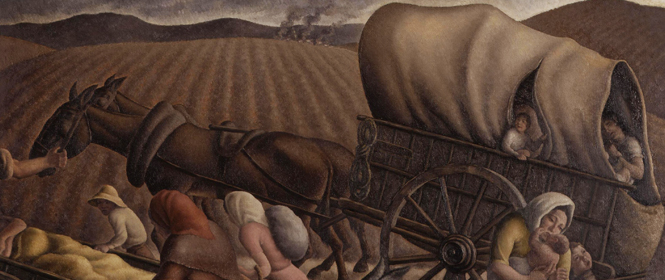
Fake News 1937:
Germany disputes the bombing of Guernica
At 16:40 today, 26 April 2017, the bells will ring out again in the small Basque town of Guernica. It will be exactly 80 years since the first planes of the German Condor Legion appeared over the town and began a bombardment lasting three and a half hours which reduced it to rubble. The air strike of 26 April 1937, during the Spanish Civil War, has entered the history books as the first time that an undefended European town, not directly involved in fighting, was subjected to carpet bombing. What we now regard as historical truth, however, was long hotly disputed. For decades, those chiefly responsible attempted to conceal their guilt with “fake news” or ostentatious silence. It was only in 1997 that the Federal Republic of Germany admitted the “culpable involvement of German pilots” and sought reconciliation with survivors and descendants.
26 April 1937: between truth and lies
The fact that almost everyone is familiar with the name “Guernica”, by which the Spanish town was commonly known until the 1980s, is largely due to two people. The first was George Steer, a British journalist covering the Spanish Civil War for the “Times” of London, whose sensational article spread the news of the destruction of Guernica by German planes to the whole world. The second was Pablo Picasso. Inspired by the news reports, Picasso abandoned his original plans for a commission for the pavilion of the Spanish Republic at the Paris “Exposition Internationale”, and instead, in the space of just a few weeks, produced the world-famous painting, “Guernica”. The work was to become the anti-war painting par excellence and keeps the memory of the bombardment alive to this day – despite the fact that those primarily responsible denied what had happened for decades. Just a day after the destruction, the rebel troops under General Franco, whom the Condor Legion supported in the Spanish Civil War, stated that the Republicans had destroyed Guernica, by dynamiting and setting fire to it. On the German side, too, it appeared that within a few days nobody was able to remember anything about the air strike of 26 April.
Germany’s long road to admission of guilt.
The background to this collective amnesia were the international protests which immediately ensued. The brutality of the attack, which was obviously aimed at the civilian population, shocked the international public. Moreover, in view of the existing non-intervention pact, the deployment of the German Luftwaffe on the side of Franco prompted outrage. It was only at the end of the Spanish Civil War, in 1939, that the deployment of the Condor Legion in Spain was officially made public, and it was celebrated in Hitler’s Germany as proof of German readiness for war. As for Guernica itself, however, the blanket of silence was maintained.
Two factors facilitated the suppression of the truth. In Spain, Franco’s dictatorship prevented any investigation into what had happened, or even any public act of remembrance by the Basque people, until the dictator’s death in 1975. In Germany, meanwhile, it was a long time before the process of coming to terms with the crimes of the German armed forces got under way. It was only in the 1980s, when voices from the Basque Country were increasingly heard demanding some gesture of reconciliation from Germany, that the German public gradually became aware of what had happened. Then, Green politicians Petra Kelly and Gert Bastian took up the Guernica cause and a real momentum developed. Their tireless campaign for an acknowledgement of Germany’s guilt, combined with the debate surrounding German Army war crimes provoked in 1995 by the Hamburg “German Wehrmacht Exhibition”, led to a new level of public awareness. In 1997, on the 60th anniversary of the bombardment, the German President, Roman Herzog, acknowledged German guilt in a message to the people of Guernica and asked survivors of the attack for reconciliation.
How the theme came to the museum
One year later, when the painting “Madrid 1937 (Aviones negros)” (“Madrid 1937 [Black Aeroplanes]”) by Horacio Ferrer de Morgado was shown as part of the Deutsches Historisches Museum’s special exhibition “Kunst und Macht” (“Art and Power”), the artistic treatment of the German air attack evoked dismay among visitors. No-one, however, any longer doubted the truth of the subject matter. Today another painting by Ferrer de Morgado, now in the permanent exhibition of the Deutsches Historisches Museum, recalls the part played by the Condor Legion in the Spanish Civil War: “Éxodo”, a dramatic depiction of refugees, painted, like “Black Aeroplanes” and Picasso’s “Guernica”, in 1937 and directly inspired by the German Luftwaffe’s bombardment, was purchased in 1999, two years after the struggle to bring about Germany’s admission of guilt had ended.